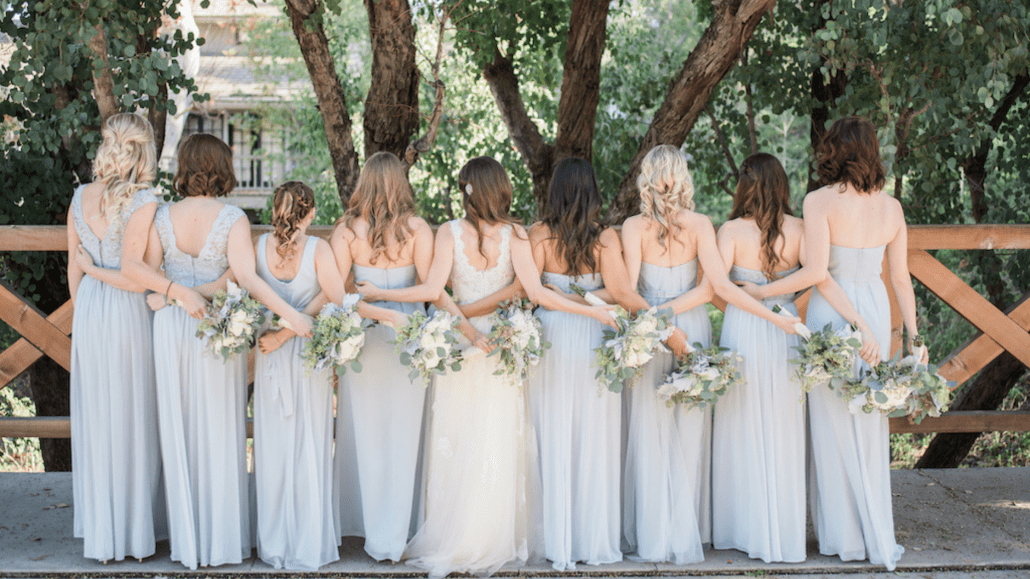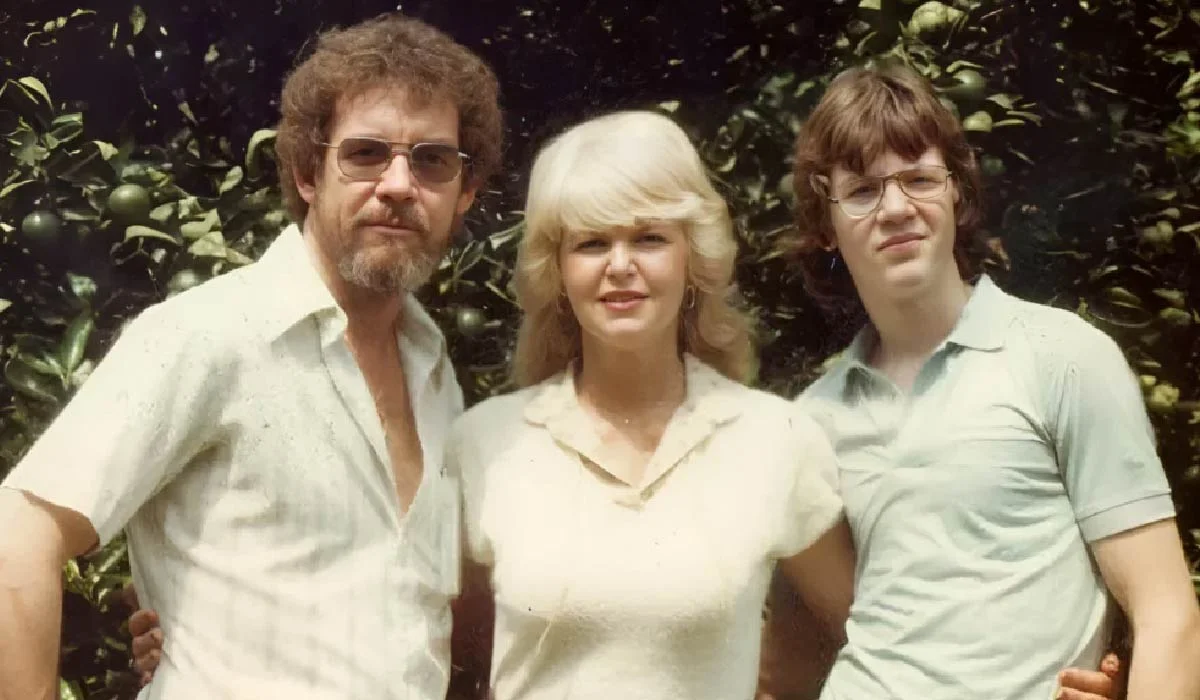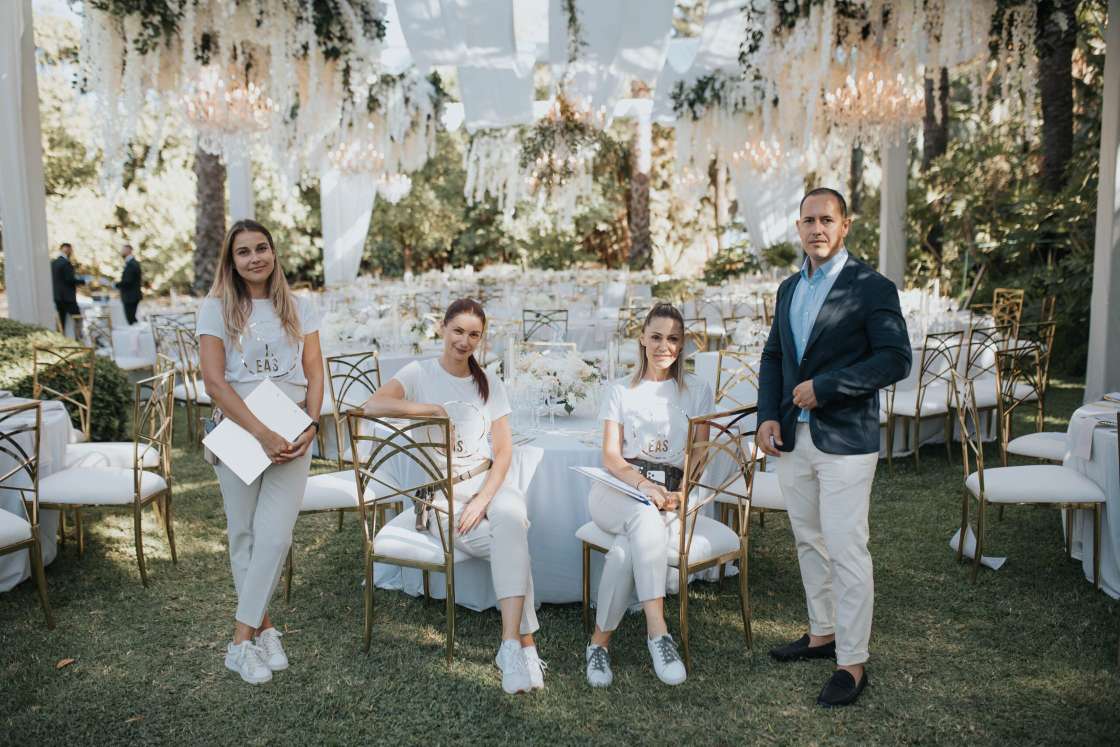When it comes to a wedding, the bride isn’t the only one who needs to look perfect. Bridesmaids play a pivotal role in the wedding party, and their dresses should complement the overall theme while ensuring that each bridesmaid feels comfortable and confident. However, even though bridesmaid dresses are often chosen well in advance, the fit may not always be perfect off the rack. That’s where bridesmaid dress alterations come in.
Bridesmaid dress alterations are a crucial part of the process to ensure that each dress fits properly and flatters the individual body shape of each bridesmaid. Whether it’s for a minor hem adjustment or more complex modifications, alterations are essential for achieving that flawless look. In this comprehensive guide, we’ll walk you through everything you need to know about bridesmaid dress alterations, including why they are necessary, what common alterations are required, and how to approach the alteration process.
Why Bridesmaid Dress Alterations Are Necessary
Wedding dresses, including bridesmaid gowns, are often designed and constructed with a “standard size” in mind. Since every individual has unique measurements, it’s common for a bridesmaid dress to need adjustments. Even if the dress fits the body in some areas, there may be sections like the bust, waist, or hem that require tweaking. Here’s why alterations are crucial for your bridesmaid dress:
-
Fit and Comfort: Wedding celebrations often last several hours, so bridesmaids must feel comfortable in their dresses. Ill-fitting dresses can cause discomfort, restrict movement, or even lead to embarrassing wardrobe malfunctions. By having alterations made, you ensure that the dress fits properly and allows for maximum comfort.
-
Flattering Appearance: Every bridesmaid’s body shape is different, and a one-size-fits-all dress may not be the most flattering. Alterations allow you to fine-tune the dress to each individual’s figure, ensuring that it enhances the body’s best features and provides an overall elegant and polished look.
-
Ensuring Consistency: A bridal party typically includes several bridesmaids, and the overall aesthetic of the wedding relies on all the dresses looking cohesive. Alterations can help ensure that all bridesmaids’ dresses fit similarly, whether it’s adjusting hemlines, straps, or tailoring the dresses to the same style.
-
Accommodating for Changes: Over the course of planning and preparations, bridesmaids may experience slight weight changes or differences in body shape. Alterations allow for these adjustments to be accounted for without compromising the dress’s look.
Common Bridesmaid Dress Alterations
While every bridesmaid’s dress is unique, there are certain alterations that are more common than others. Depending on the dress’s initial fit and style, the following alterations may be necessary to create a perfect look.
1. Hemline Adjustments
Hemline adjustments are one of the most common alterations for bridesmaid dresses. Dresses may be too long for some bridesmaids, especially if they come in standard lengths or are designed for taller women. Whether the dress needs to be shortened to suit the bridesmaid’s height or to match the shoe height for a uniform look, hemming is often required.
The right hem length is crucial for achieving a polished look, and it should also ensure that the bridesmaid can move freely without the dress dragging on the floor. Additionally, if the bride and her bridal party wear heels, the length of the dress will need to accommodate the height of the shoes.
2. Taking in or Letting Out the Dress
Bridesmaid dresses are usually purchased in standard sizes, but no one has a “standard” body. Taking in or letting out the dress allows for a more personalized fit. Some bridesmaids may find their dresses are too tight around the waist, bust, or hips, while others may have a dress that’s too loose. A tailor can make the necessary adjustments to the seams, ensuring that the dress fits snugly while still allowing for comfort and movement.
For example, if a dress is too tight in the bust area, the seamstress may be able to loosen it slightly or create additional space with a small adjustment in the side seams. If the dress is too loose around the waist or bust, the seamstress can take it in at the seams to create a more fitted silhouette.
3. Strap and Sleeve Modifications
Straps and sleeves often require alterations, particularly for dresses that are designed to be adjustable or have built-in features such as spaghetti straps or off-the-shoulder designs. Sometimes straps may be too long, causing the dress to slip off or not fit securely. In these cases, the straps may need to be shortened or adjusted for a better fit.
Similarly, for sleeved dresses, the length and fit of the sleeves may need alterations. Bridesmaids with different arm lengths or those seeking more comfort may need sleeves to be shortened, lengthened, or adjusted. In some cases, bridesmaids may also prefer to remove sleeves or straps entirely for a different style.
4. Neckline Adjustments
The neckline of a bridesmaid dress plays an essential role in the overall aesthetic and comfort of the dress. A neckline that is too high, too low, or uncomfortable can make the bridesmaid feel self-conscious throughout the event. Alterations to the neckline may involve lowering or raising it to create a more flattering appearance or adjusting it for added comfort.
For example, a common alteration is to adjust a neckline that feels too tight around the collarbone or one that dips too low. A seamstress can make small adjustments to create a neckline that complements the wearer’s figure while maintaining the overall style of the dress.
5. Adding Bustle or Train Modifications
If the bridesmaid dress has a train, it may need to be altered to ensure it doesn’t get in the way during the event. A bustle is often added to allow the bridesmaid to easily lift and gather the train, making it more practical for dancing and moving around.
A bustle is typically sewn into the back of the dress and is gathered using hooks, buttons, or ribbons. Depending on the design of the dress and the length of the train, a professional seamstress will add a bustle that suits the style and functionality of the dress.
6. Custom Embellishments or Personal Touches
For bridesmaids who want to add their personal touch to the dress, alterations can include adding embellishments such as lace, beading, or embroidery. Some bridesmaids may want to incorporate a special detail into their dress, such as matching the embellishments to the wedding theme or adding a unique element like a decorative belt or ribbon.
These small touches can be incorporated during the alteration process, helping to elevate the look of the dress and make it feel more personal. Just be sure to discuss these customizations with the seamstress to ensure they align with the overall vision for the wedding.
How to Approach Bridesmaid Dress Alterations
1. Plan Ahead
Bridesmaid dress alterations should not be left to the last minute. Ideally, alterations should be completed at least 1-2 months before the wedding to ensure there is enough time for any necessary adjustments. It’s important to schedule fittings well in advance and leave enough time for any additional alterations that may arise.
2. Bring the Right Items to Fittings
When you go for your dress fitting, bring the shoes, undergarments, and accessories you plan to wear on the wedding day. These items can affect the fit of your dress, and having them on hand ensures that the alterations are made with the complete look in mind.
3. Consult the Bride and the Bridal Party
When altering bridesmaid dresses, communication is key. It’s essential to make sure that the alterations are done in accordance with the bride’s vision for the wedding. In some cases, the bride may want to ensure that all the bridesmaids’ dresses look uniform in terms of fit, color, or style.
Consult with the bride about the preferred alterations and ensure the dresses align with the overall wedding aesthetic.
4. Budget for Alterations
Keep in mind that alterations usually come with an additional cost. Prices can vary depending on the complexity of the alterations and the tailor’s expertise. It’s a good idea to allocate part of your budget for alterations when you purchase the dress.
Conclusion
Bridesmaid dress alterations are an essential part of the wedding preparation process. With the right alterations, each bridesmaid will not only feel comfortable but also look stunning in a dress that fits perfectly and complements the wedding’s overall theme. From simple hemming to more elaborate adjustments like adding straps or modifying the neckline, these alterations ensure that the dress flatters each bridesmaid’s body shape and gives them confidence throughout the day.
By planning ahead, communicating with the bride, and working with a skilled tailor, you can ensure that your bridesmaid dress will be a perfect fit and help create lasting memories on the big day.








